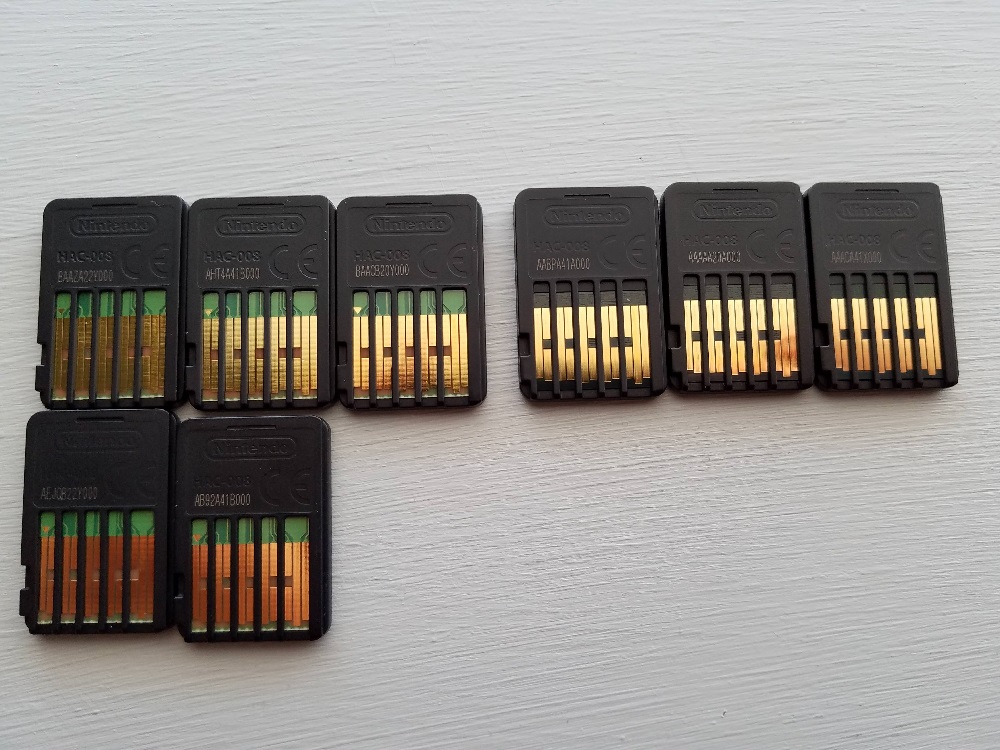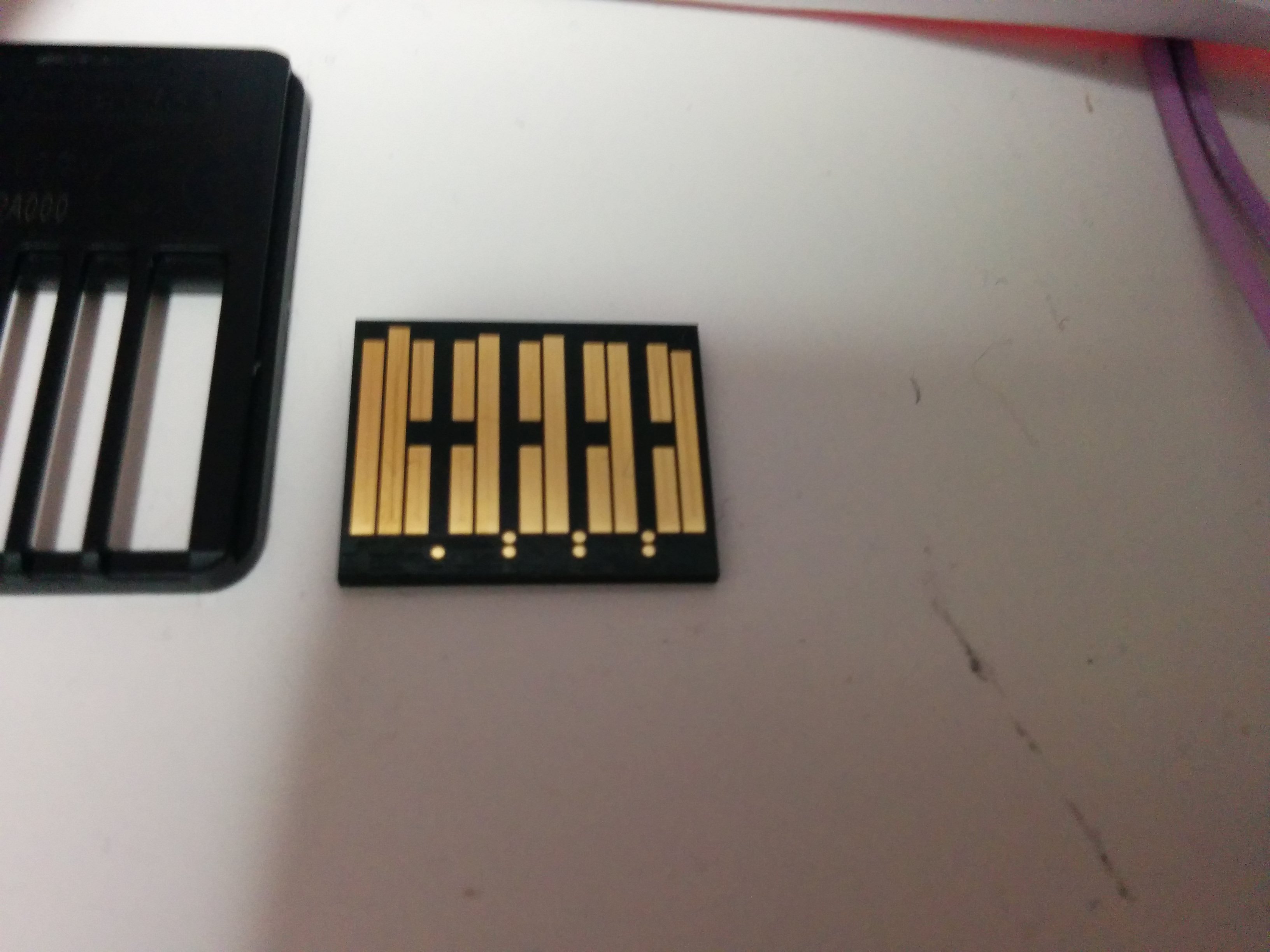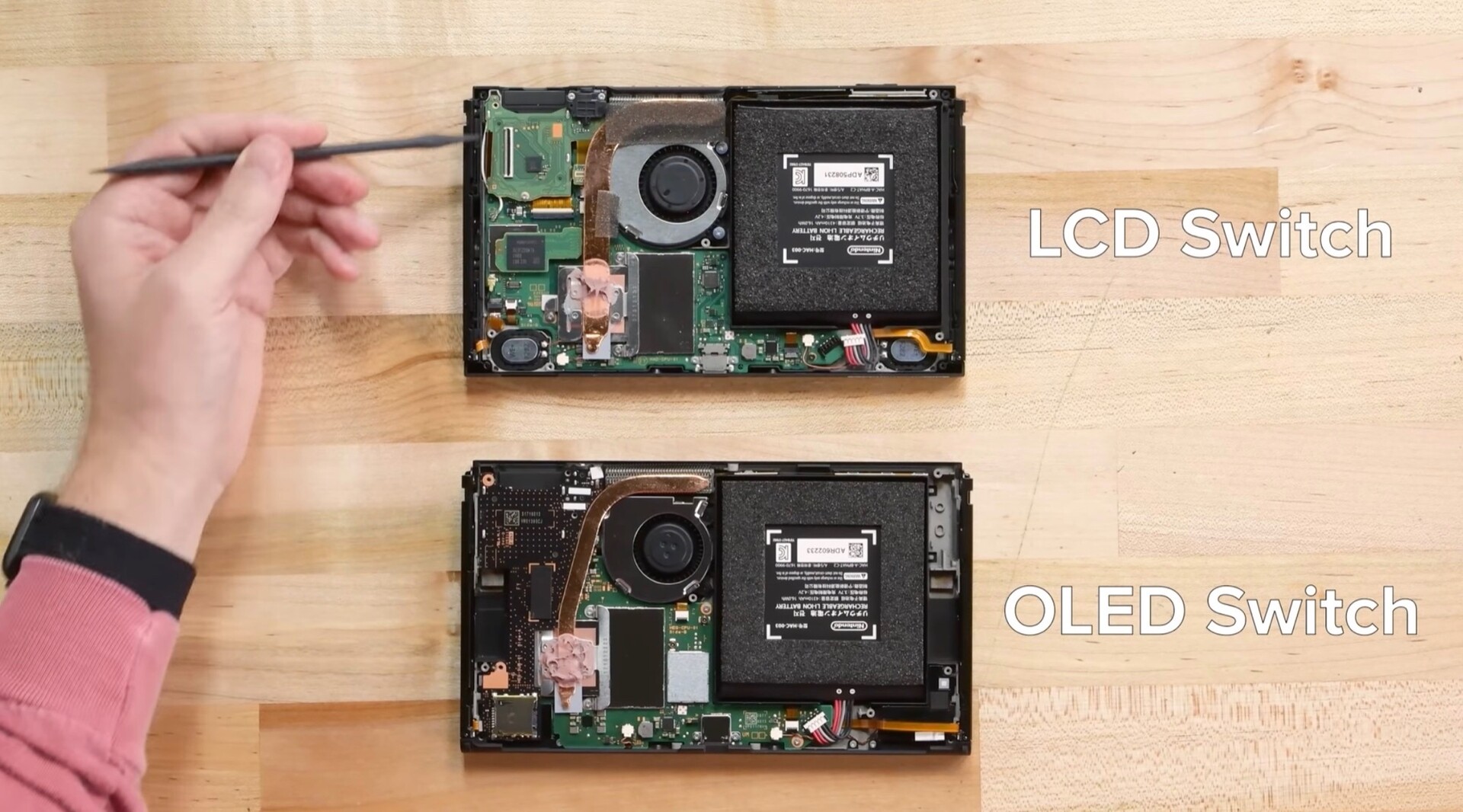Tentacle-tropes
Kremling
I’m not saying that the tier system was one of the WiiU’s problems more that it caused its own set of problems. The cheapest version was so unpopular it was phased out and the premium version dropped in price. New 3DS wasn’t even offered in the US when it launched. You don’t need to tell me the reasons why the WiiU failedI agreed with @NineTailSage that WiiU got a multitude of problems and the storage tiers probably wasn't one of them. The tiered pricing seems to work out very well for the Steam Deck actually. The lowest tier (64GB, $399) provides the psychological "anchoring" effect to project value (countless articles emphasized gleefully that it's "only" $100 more than the Switch) and upsell the higher tiers (which are what Steam really aims to sell all along). According to the unofficial preorder data, they managed to nudge more people toward the pricier models with this one weird trick very successfully:
Nintendo may employ the same strategy for the Dane Switch, effectively increasing the basket size with lowered resistance. This was probably also the reason that the $300 Switch is still around—to anchor the value of OLED Model, and the (non-enthusiast) consumers have been responding positively. They will remain in the market for as long as Nintendo wants them to—without any price drop—perhaps until the Dane model is introduced.
- 512GB model, $649: 71,600 units (55,000 from North America)
- 256GB model, $529: 33,000 units (28,000 from North America)
- 64GB model, $399: total unknown (10,000 from North America)
You’ll have to convince me of the Steam Deck not just being bought by enthusiasts who were always going to buy the higher tiers anyways, at least the way it is currently being sold. Cause the article you linked to does not even imply such.
Also no duh this is what happened with the 3DS. 300$ switches are still being made and will eventually be replaced with OLEDs. Maybe with a price decrease when Succ launches. Regardless I just don’t think Nintendo is gonna go for “the same but different” memory sku price hike. They’ll incrementally increase memory with a revision and I’m sure we’ll have this talk again.




